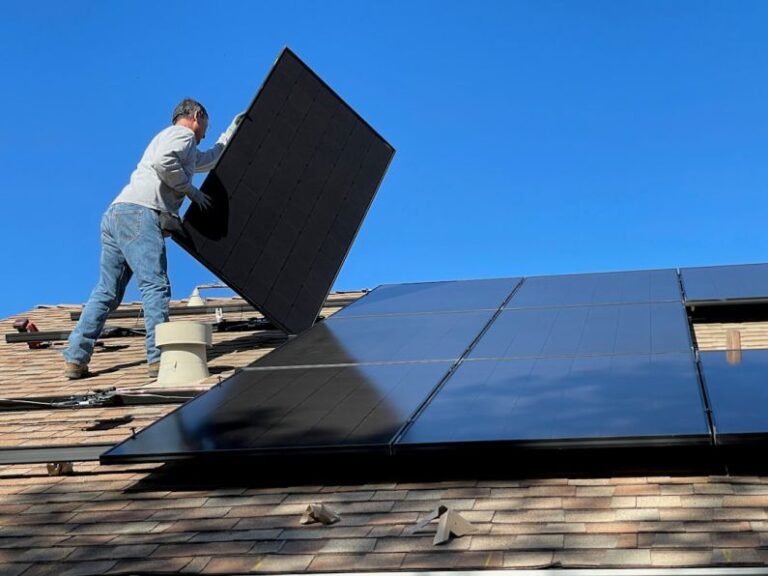
As sustainability becomes an increasingly important consideration in all aspects of our lives, including home construction, the demand for eco-friendly materials is on the rise. Building a home with environmentally friendly materials not only helps to reduce the carbon footprint but also promotes a healthier living environment. In this article, we will explore some of the top eco-friendly materials that are being used in home construction today.
Bamboo: A Versatile and Sustainable Option
Bamboo is a popular choice for eco-conscious homeowners due to its rapid growth rate and renewability. This versatile material can be used for a wide range of applications in home construction, including flooring, cabinets, and even structural elements. Bamboo is not only durable but also aesthetically pleasing, adding a touch of natural beauty to any home. Its ability to sequester carbon makes it a sustainable choice for those looking to reduce their environmental impact.
Recycled Steel: A Strong and Durable Alternative
Recycled steel is another eco-friendly material that is gaining popularity in home construction. By using recycled steel, homeowners can reduce the demand for new steel production, which is energy-intensive and contributes to greenhouse gas emissions. Recycled steel is incredibly strong and durable, making it an ideal choice for structural elements such as beams and columns. Additionally, using recycled steel helps to divert waste from landfills, further reducing the environmental impact of home construction.
Cork: A Renewable and Insulating Material
Cork is a natural material that is harvested from the bark of cork oak trees, making it a renewable resource. In home construction, cork is often used as a flooring material due to its resilience and insulating properties. Cork flooring is not only comfortable to walk on but also acts as a natural thermal and acoustic insulator, helping to regulate indoor temperature and reduce noise pollution. Additionally, the harvesting of cork bark does not harm the trees, allowing them to continue to grow and thrive.
Straw Bales: A Sustainable Insulation Option
Straw bales are an eco-friendly alternative to traditional insulation materials such as fiberglass. By using straw bales in home construction, homeowners can benefit from their high insulation value, which helps to reduce energy consumption and lower heating and cooling costs. Additionally, straw bales are a byproduct of grain production, making them a readily available and affordable option for sustainable construction. When properly sealed and plastered, straw bale walls can provide excellent thermal performance and a unique aesthetic appeal.
Recycled Glass: A Stylish and Eco-Friendly Choice
Recycled glass is a versatile material that can be used in a variety of home construction applications, including countertops, tiles, and decorative elements. By using recycled glass, homeowners can reduce the demand for new glass production, which requires significant energy and raw materials. Recycled glass products come in a wide range of colors and styles, adding a touch of elegance and uniqueness to any home. In addition to its aesthetic appeal, recycled glass is durable and easy to maintain, making it a practical choice for eco-conscious homeowners.
Conclusion: Embracing Eco-Friendly Materials for a Sustainable Future
As the importance of sustainability continues to grow, more homeowners are turning to eco-friendly materials for their construction projects. By choosing materials such as bamboo, recycled steel, cork, straw bales, and recycled glass, homeowners can reduce their environmental impact and create healthier living spaces for themselves and future generations. Embracing eco-friendly materials is not only a responsible choice but also a stylish and innovative way to build homes that are in harmony with the environment. By prioritizing sustainability in home construction, we can contribute to a more sustainable future for all.





